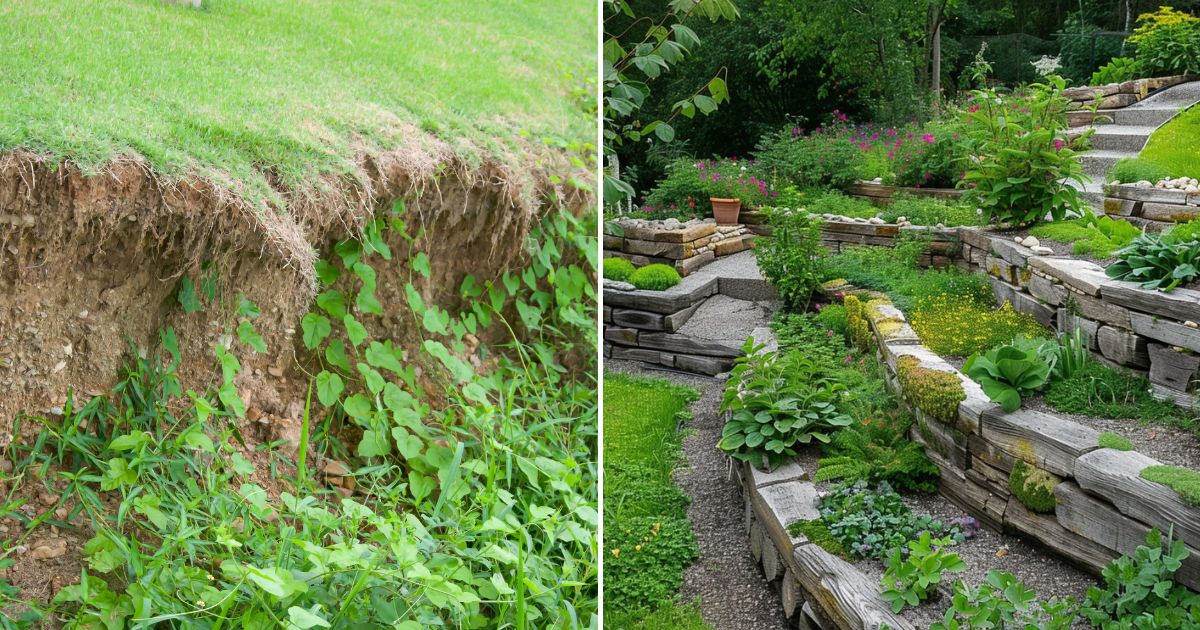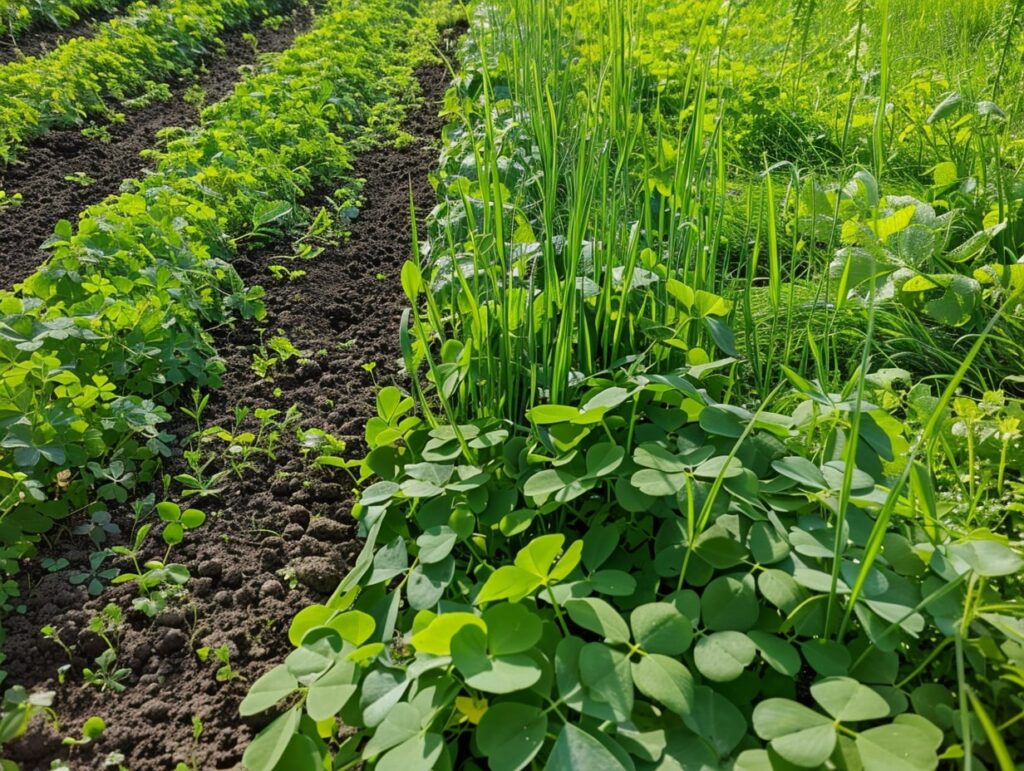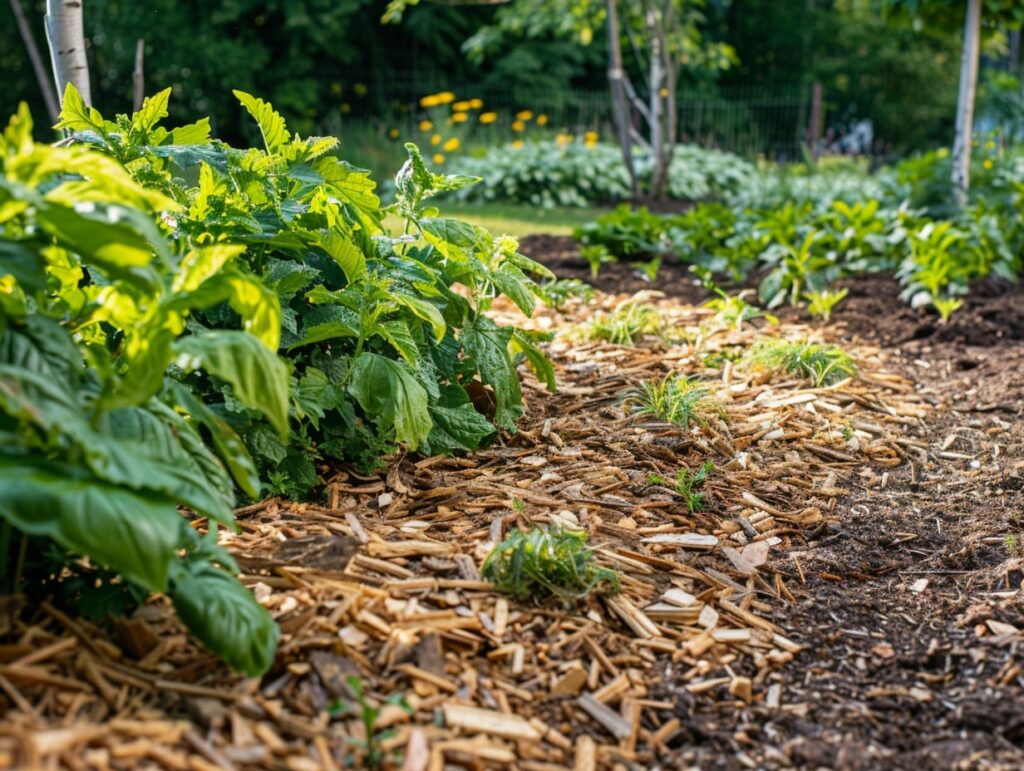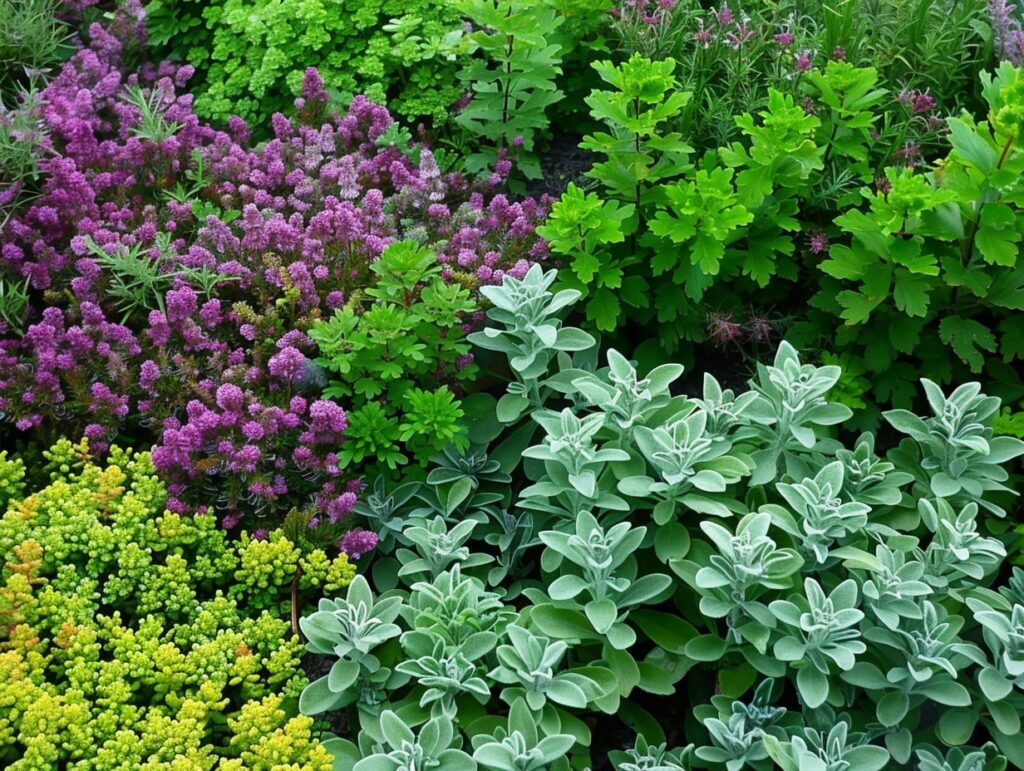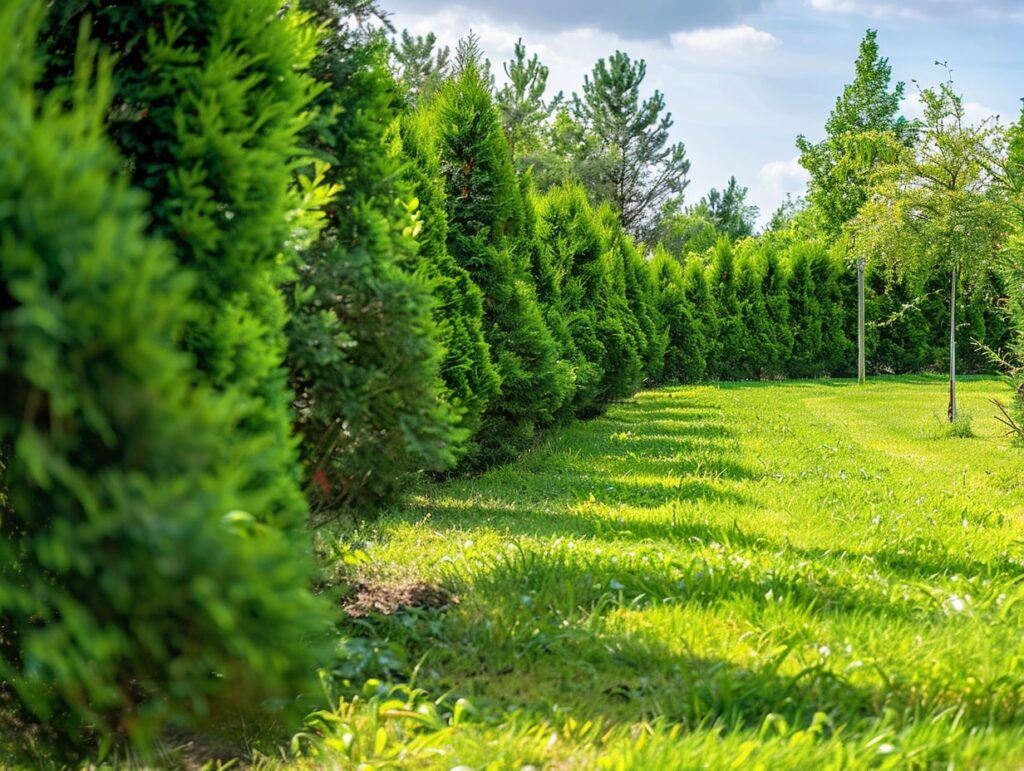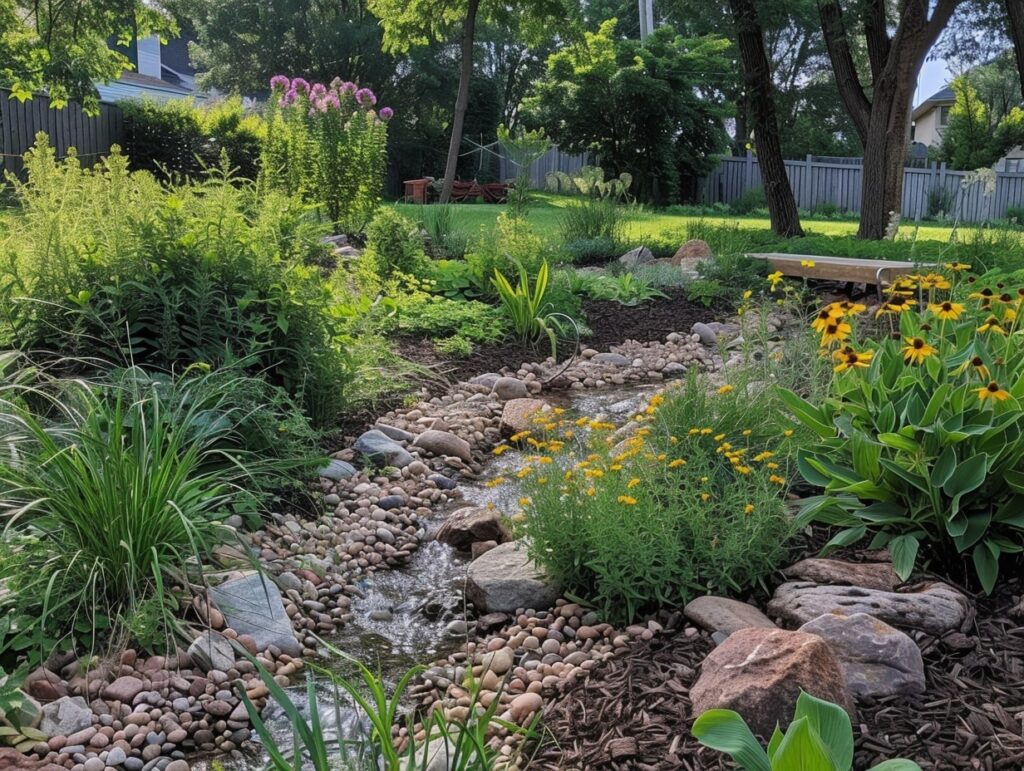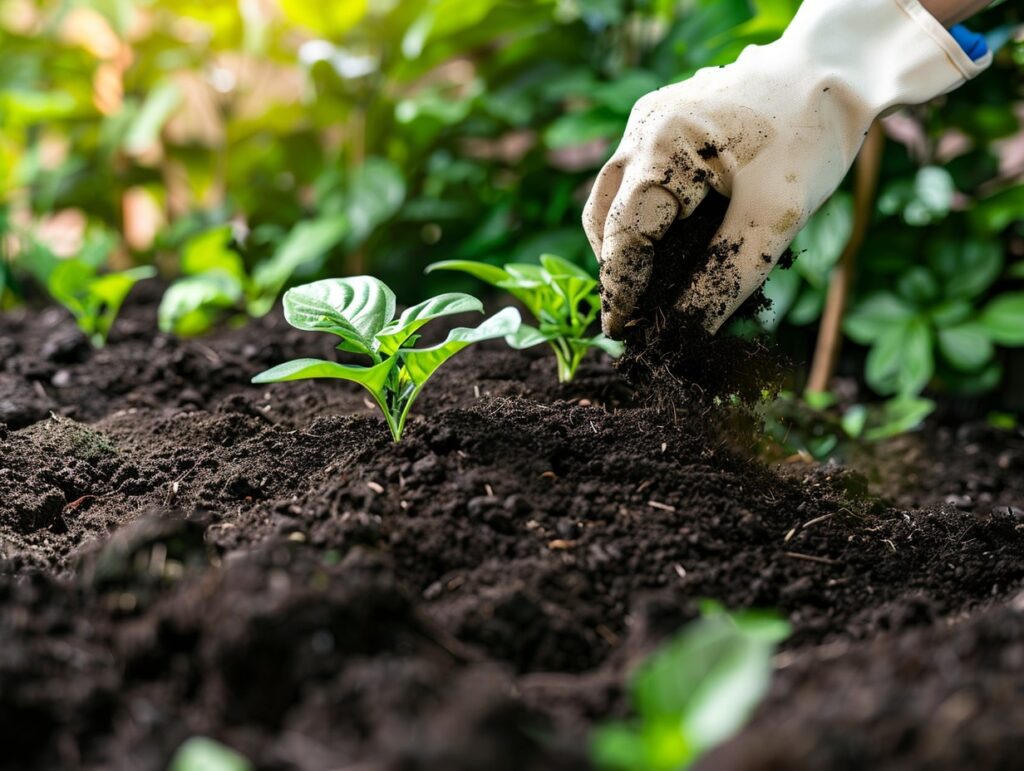Picture this: a sudden rainstorm sweeps through your garden, leaving behind a trail of exposed roots and barren patches where your thriving plants once stood. Soil erosion isn’t just a nuisance—it’s a gardener’s worst nightmare.
But what if there was a way to shield your soil from the relentless forces of nature? Join us as we dive into the world of soil preservation, revealing the most effective strategies to keep your garden flourishing and erosion-free.
Understanding Soil Erosion
Soil erosion occurs when the top layer of soil is removed by natural forces such as wind and water. This process can be accelerated by human activities, including gardening, construction, and deforestation.
The consequences of soil erosion in a garden can be severe, including loss of nutrients, decreased soil structure, and reduced plant growth.
Causes of Soil Erosion in Gardens
Several factors contribute to soil erosion in gardens:
- Water Runoff: Heavy rainfall or improper watering techniques can cause water to flow over the soil surface, carrying soil particles with it.
- Wind: Strong winds can lift and transport loose soil, especially in exposed areas.
- Slope: Gardens located on slopes are more prone to erosion due to gravity pulling soil downhill.
- Vegetation Loss: Removing plants or leaving soil bare exposes it to erosion.
- Poor Soil Structure: Compacted or poorly structured soil is more susceptible to erosion.
Effective Strategies to Minimize Soil Erosion
To protect your garden from soil erosion, you can implement several effective strategies:
1. Plant Cover Crops
Cover crops are plants grown primarily to cover the soil rather than for harvest. They provide several benefits, including preventing soil erosion, improving soil structure, and adding organic matter. Common cover crops include clover, rye, and vetch.
How to Use Cover Crops:
- Choose the right cover crop for your region and soil type.
- Plant cover crops during the off-season or between main crops.
- Allow the cover crop to grow and cover the soil completely.
- Mow or till the cover crop into the soil before planting the next crop.
2. Mulching
Mulching involves covering the soil with a layer of organic or inorganic material. Mulch helps reduce soil erosion by protecting the soil from the impact of raindrops and wind. It also conserves moisture and regulates soil temperature.
Types of Mulch:
- Organic Mulch: Straw, wood chips, leaves, and compost.
- Inorganic Mulch: Gravel, stones, and plastic sheeting.
How to Apply Mulch:
- Spread a layer of mulch (2-4 inches thick) over the soil surface.
- Ensure the mulch covers all exposed soil.
- Replenish the mulch as needed to maintain coverage.
3. Building Terraces
Terracing involves creating stepped levels on a slope to reduce soil erosion. This method slows down water runoff and allows it to soak into the soil, preventing erosion and promoting water retention.
How to Build Terraces:
- Determine the slope and design the terrace layout.
- Use retaining walls, rocks, or wooden boards to create the terrace edges.
- Fill the terraces with soil and plant vegetation to stabilize the soil.
4. Using Erosion Control Mats
Erosion control mats, also known as erosion control blankets, are made from natural or synthetic materials and are used to cover the soil. These mats provide immediate protection against erosion and help establish vegetation.
Types of Erosion Control Mats:
- Biodegradable Mats: Made from natural fibers like jute, coir, and straw.
- Non-Biodegradable Mats: Made from synthetic materials like plastic and nylon.
How to Use Erosion Control Mats:
- Lay the mats over exposed soil or newly seeded areas.
- Secure the mats with stakes or pins to prevent movement.
- Allow vegetation to grow through the mats to stabilize the soil.
5. Planting Ground Covers
Ground covers are low-growing plants that spread quickly to cover the soil. They protect the soil from erosion by providing a dense, protective layer of vegetation.
Popular Ground Covers:
- Creeping Thyme: A low-maintenance, aromatic herb.
- Creeping Juniper: An evergreen shrub that tolerates poor soil.
- Sedum: A succulent that thrives in dry conditions.
How to Plant Ground Covers:
- Select ground covers suitable for your climate and soil type.
- Plant them closely together to ensure quick coverage.
- Water and maintain the plants until they are well-established.
6. Contour Gardening
Contour gardening involves planting along the natural contours of the land. This technique helps slow down water runoff and encourages water infiltration, reducing soil erosion.
How to Practice Contour Gardening:
- Identify the natural contours of your garden.
- Plant rows or beds parallel to the contours.
- Use contour barriers like rocks or logs to further slow water flow.
7. Creating Windbreaks
Windbreaks are barriers designed to reduce wind speed and protect the soil from erosion. They can be natural, such as rows of trees or shrubs, or artificial, like fences.
How to Create Windbreaks:
- Plant a dense row of trees or shrubs along the windward side of your garden.
- Use a combination of different plant species for better protection.
- Ensure the windbreak is tall and dense enough to block the wind effectively.
8. Building Retaining Walls
Retaining walls are structures designed to hold back soil on a slope, preventing erosion and providing level planting areas. They can be made from various materials, including stone, brick, and concrete.
How to Build Retaining Walls:
- Assess the slope and design the wall layout.
- Choose durable materials for construction.
- Build the wall with proper drainage to prevent water buildup behind it.
9. Installing Rain Gardens
Rain gardens are shallow depressions planted with native vegetation designed to capture and absorb rainwater. They help reduce runoff and soil erosion while promoting groundwater recharge.
How to Install a Rain Garden:
- Choose a low-lying area in your garden where water naturally collects.
- Dig a shallow basin and amend the soil with compost.
- Plant native, water-tolerant plants in the basin.
- Mulch and maintain the garden to ensure proper growth.
10. Maintaining Soil Health
Healthy soil is more resistant to erosion. Practices such as adding organic matter, avoiding over-tilling, and maintaining proper soil pH can improve soil structure and reduce erosion.
Tips for Maintaining Soil Health:
- Add compost or manure to increase organic matter.
- Avoid excessive tilling, which can break down soil structure.
- Test and amend soil pH as needed to maintain balance.
Soil erosion is a significant challenge for gardeners, but with the right strategies, it can be effectively managed.
By implementing techniques such as planting cover crops, mulching, building terraces, and using erosion control mats, you can protect your garden soil and ensure a healthy, thriving garden.
Remember, preventing soil erosion not only benefits your garden but also contributes to environmental sustainability.
By taking proactive steps to minimize soil erosion, you can enjoy a beautiful, productive garden for years to come.
